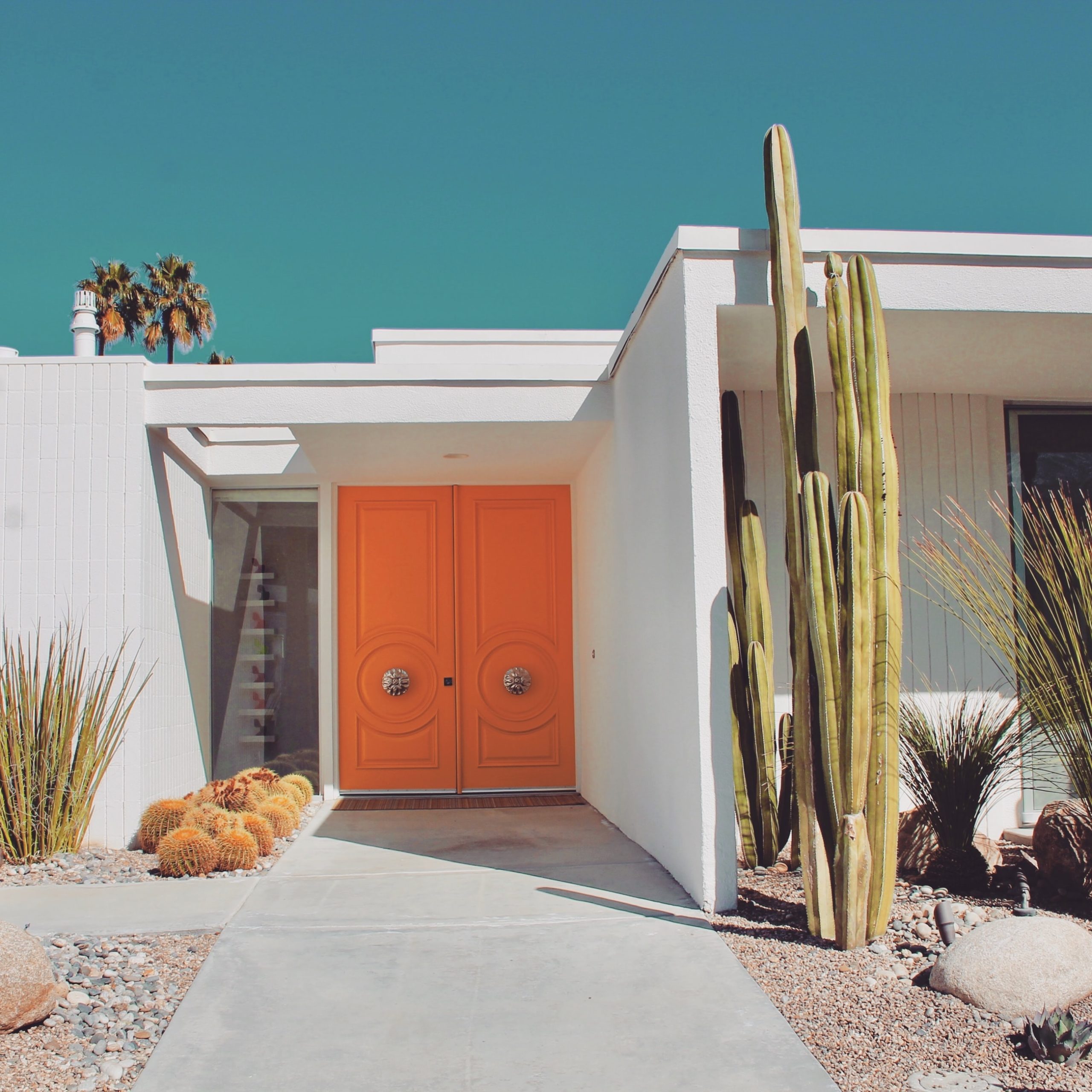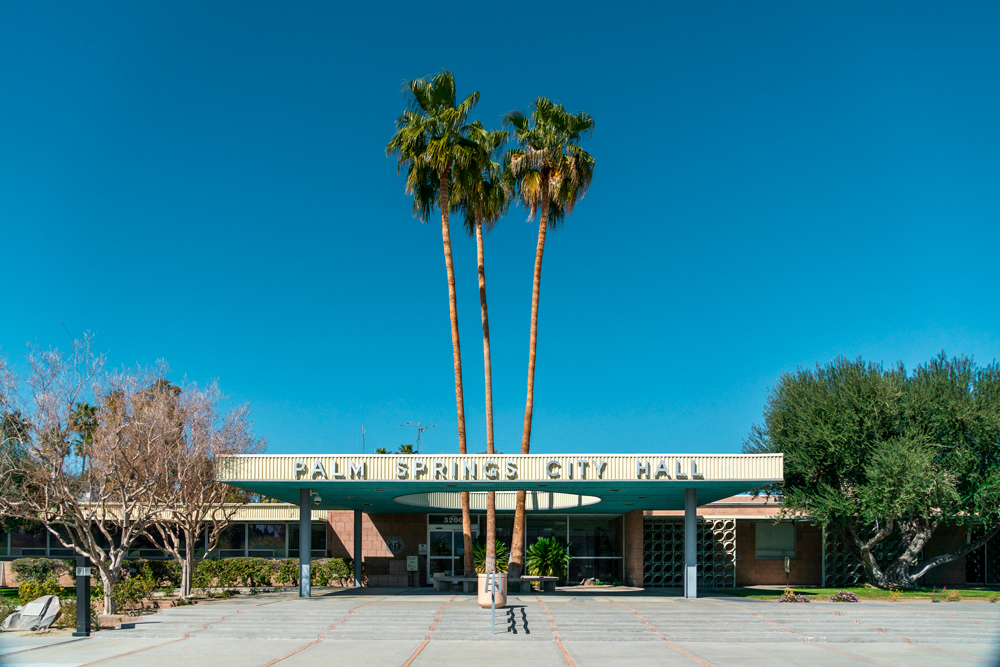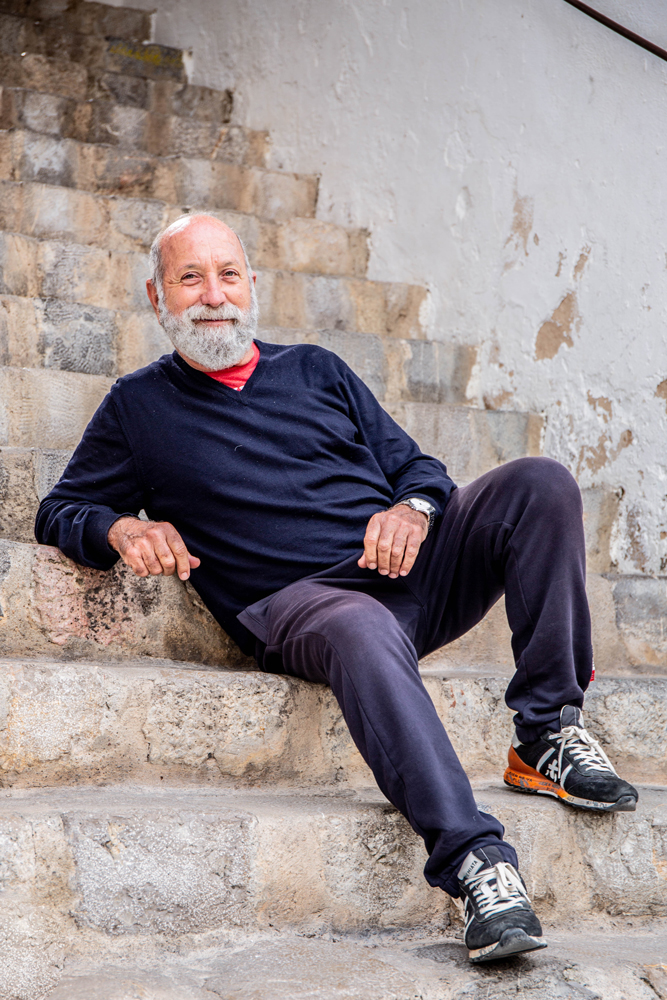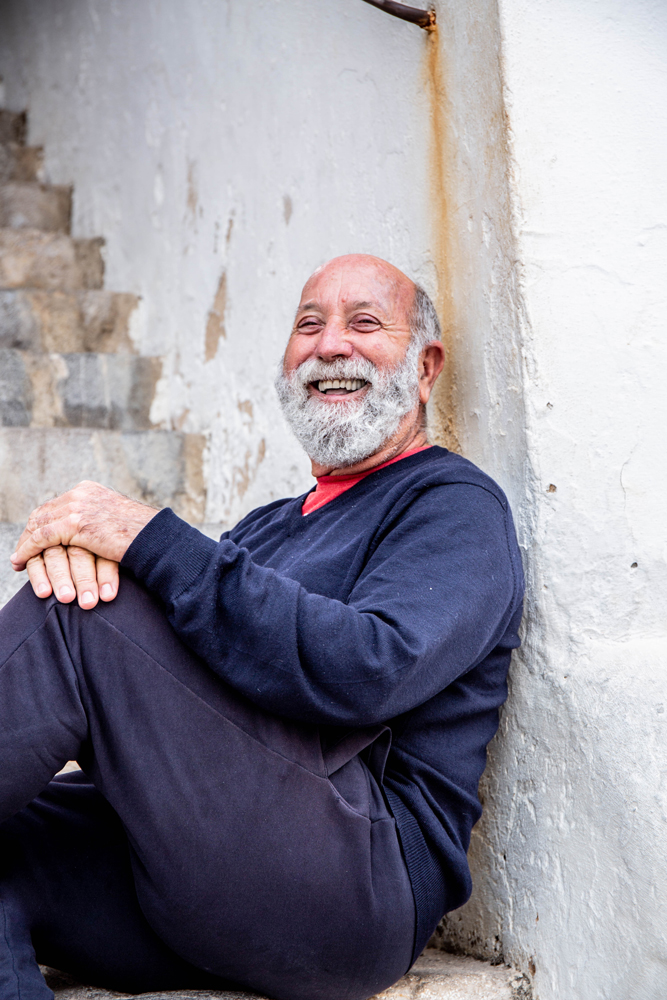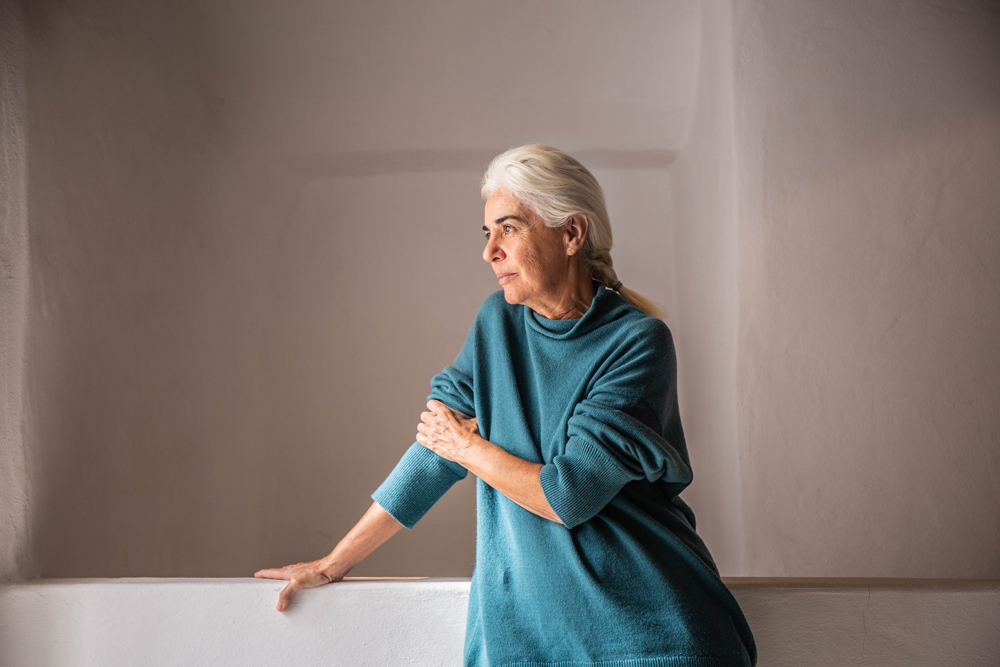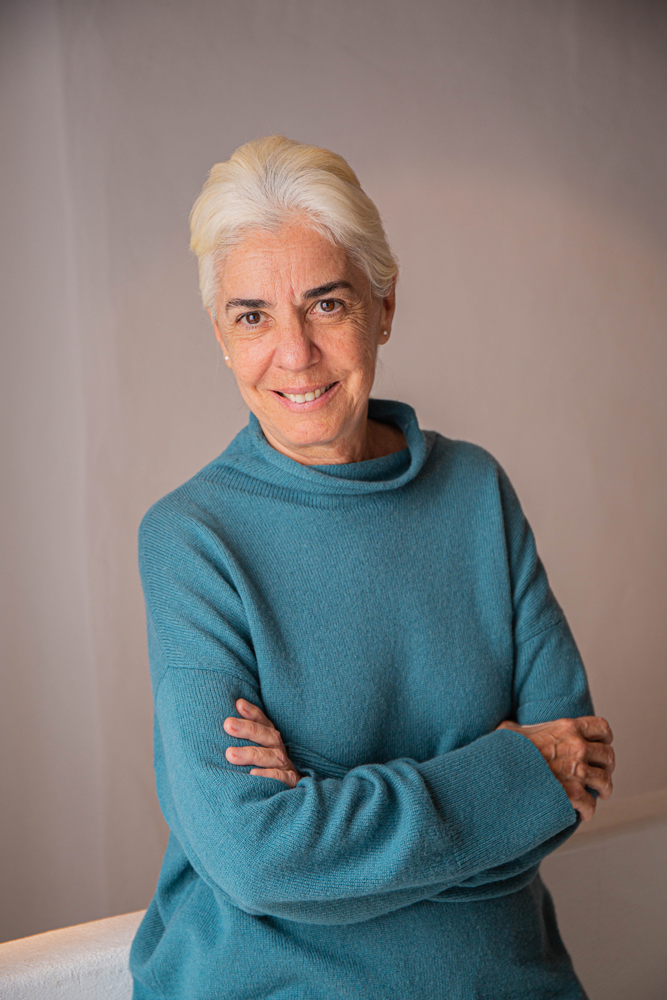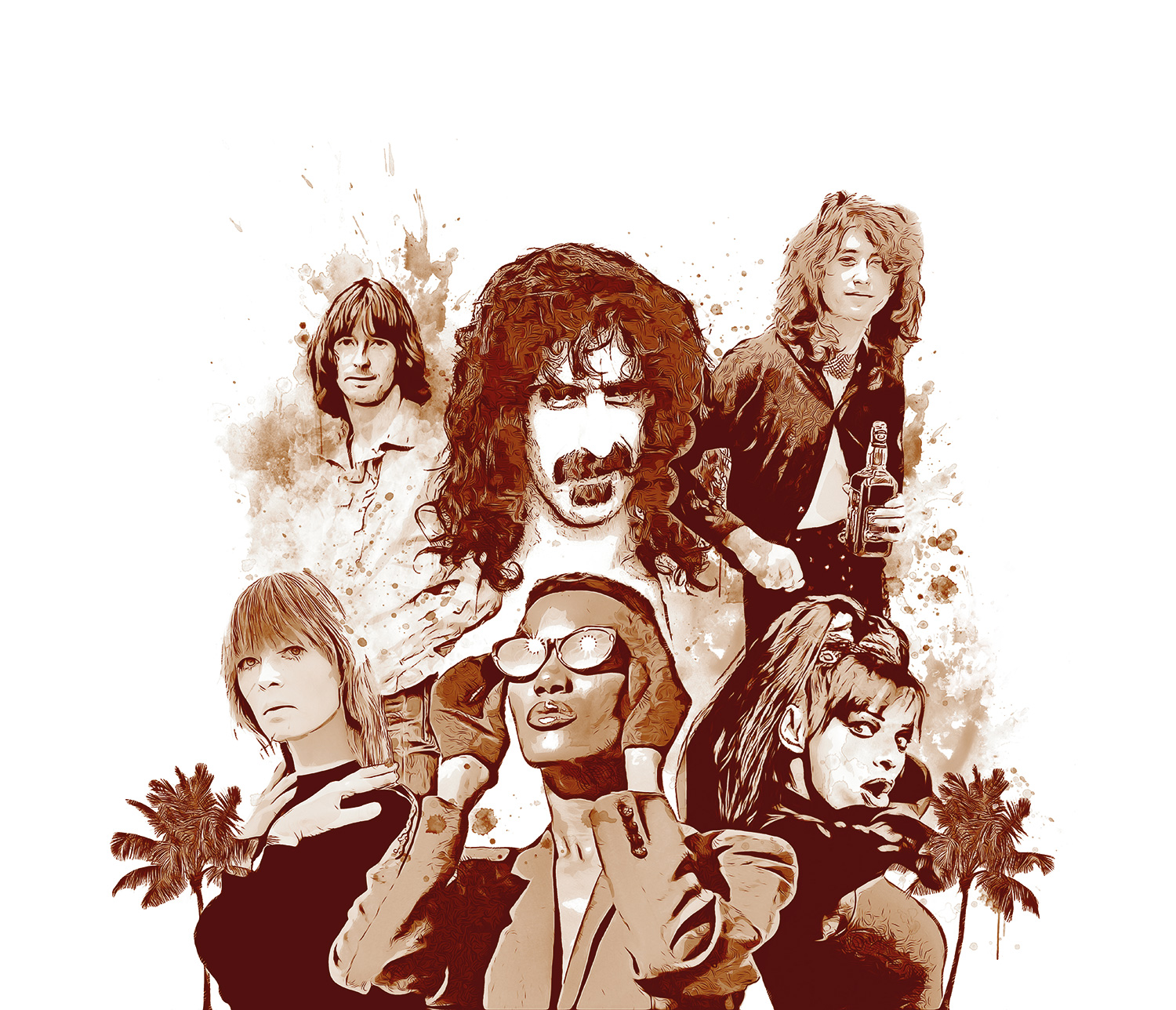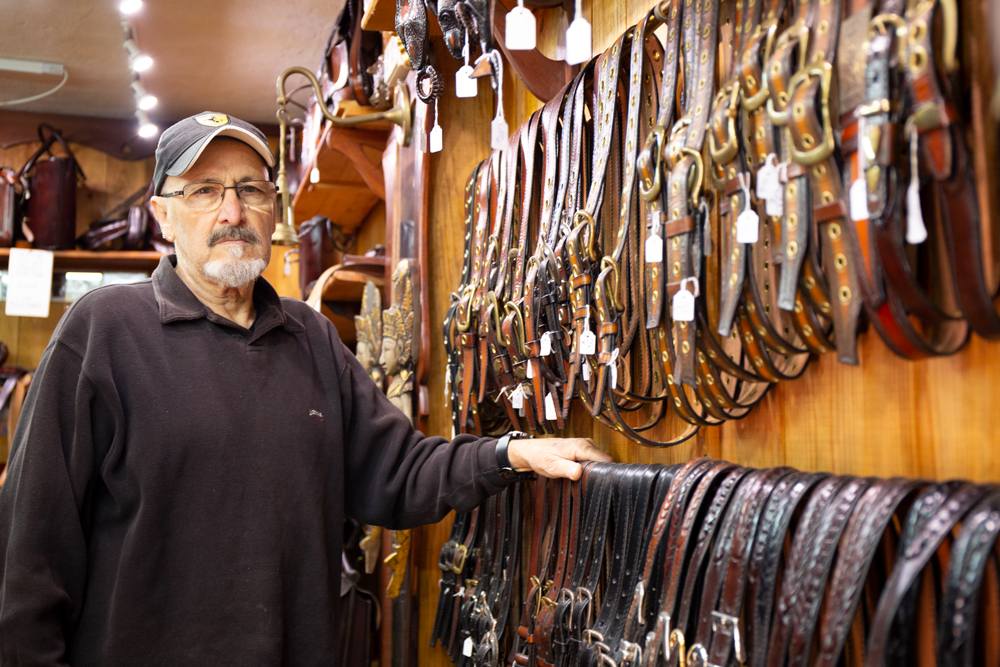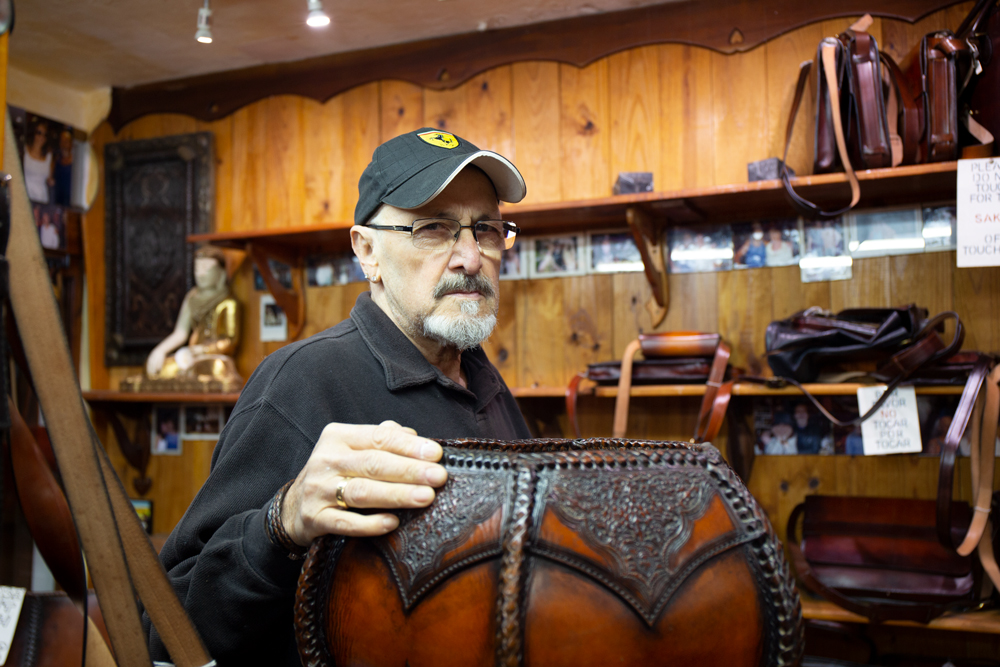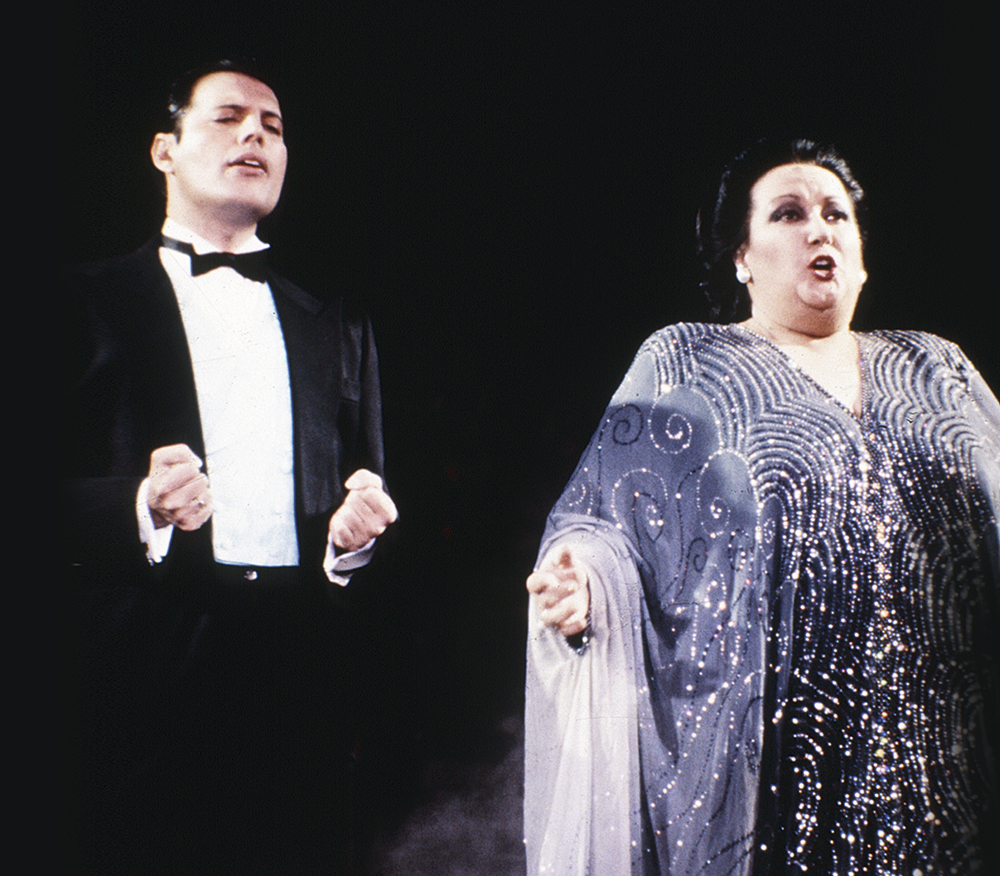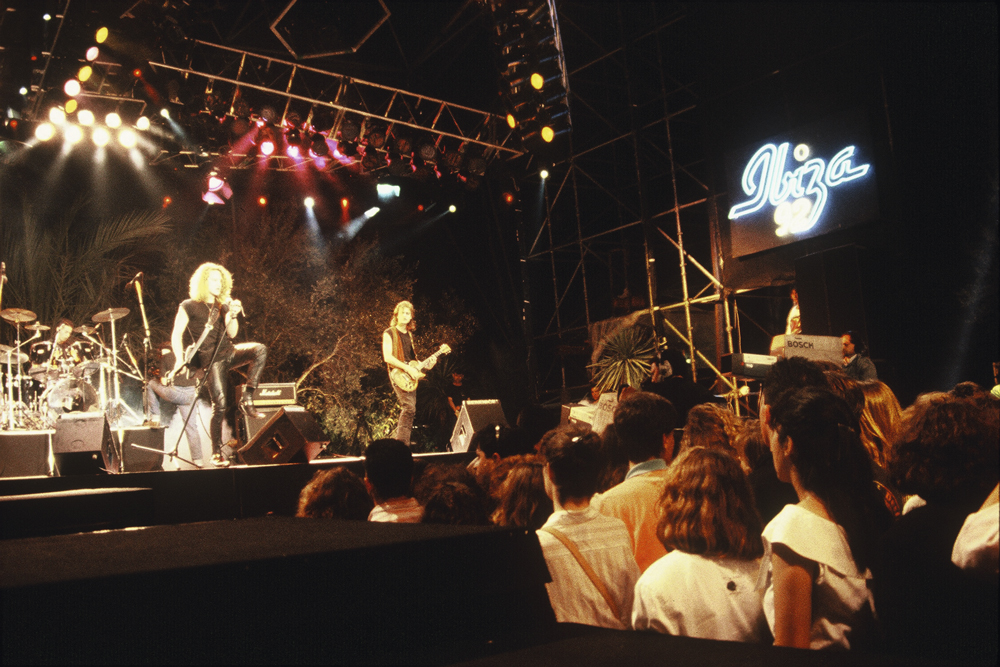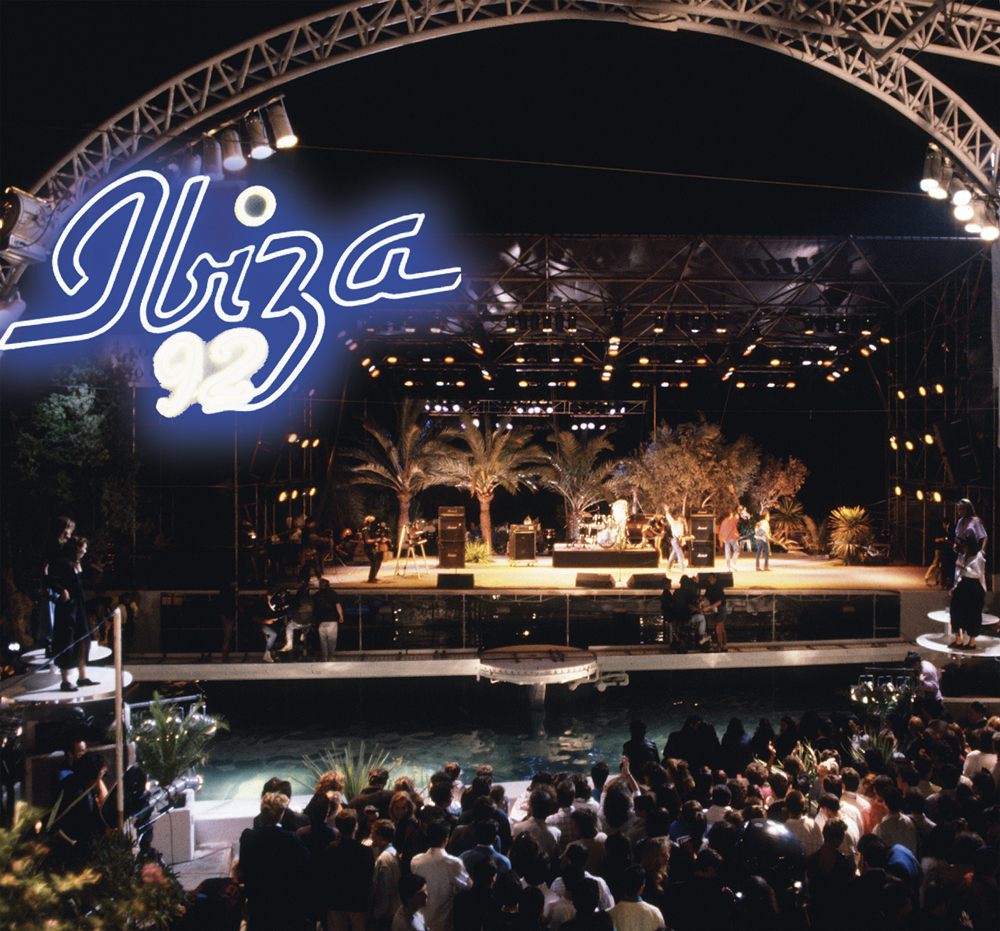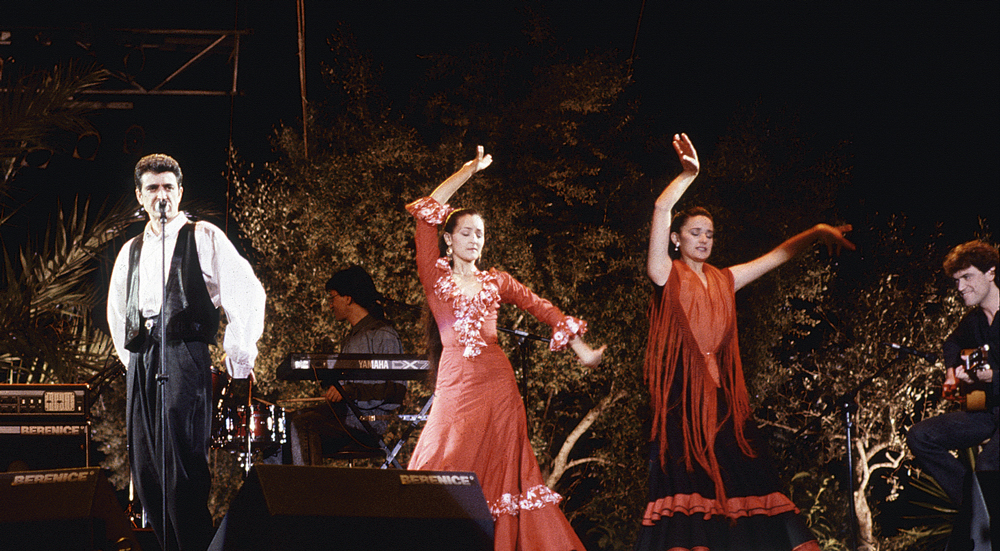Preserving Ibiza
The environmental protection that the islands needs
By Laura Martínez
Photos: Jon Izeta
Ibiza is crying out for change. Tourism is our principal source of income, but this sector can’t continue to grow at the expense of our environment. This must be everyone’s concern because natural resources are a fundamental heritage for our wellbeing, and constitute added value for a prosperous and sustainable economy.
The prosperity of this unique island depends, to a large extent, on the protection of its territory, marine environment and biodiversity. We have to commit ourselves to this cause for the sake of everyone.
IbizaPreservation aims to raise awareness and improve our knowledge of socio-environmental issues while conserving Ibiza and Formentera’s extraordinary natural value.
They aim to highlight priorities and influence actions to better protect the island, by building alliances and seeking consensus in order to develop solutions that engage all sectors.
In order to provide us with well-resourced information, IbizaPreservation created the Sustainability Observatory in 2018, which studies the evolution of sustainability on the island from a social and environmental perspective. The Observatory monitors these variations on an annual basis in order to help inform decision-making on the island’s future development.
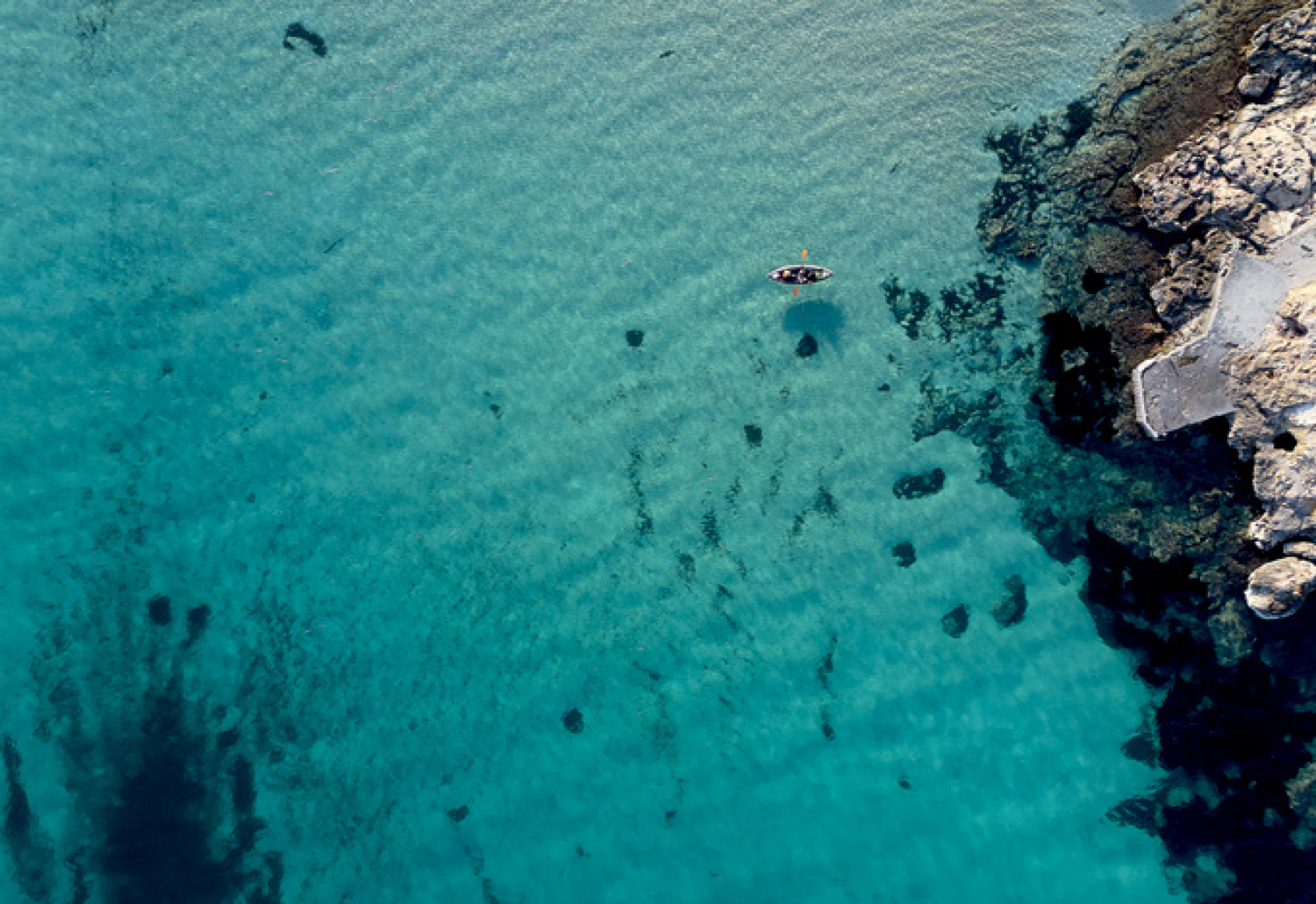
At Concept, we are ever more aware of the need to protect the island’s environment, with the desire to promote tourism at its most sustainable. That’s why we will donate 10% of the proceeds from our Dorado Live Shows concerts to IbizaPreservation.
Misinformation is no longer an excuse for being irresponsible and disrespectful to the environment. We are so fortunate to be able to enjoy this natural paradise, and we have to get it into our heads that it will cease to exist if we don’t take care of it together.

